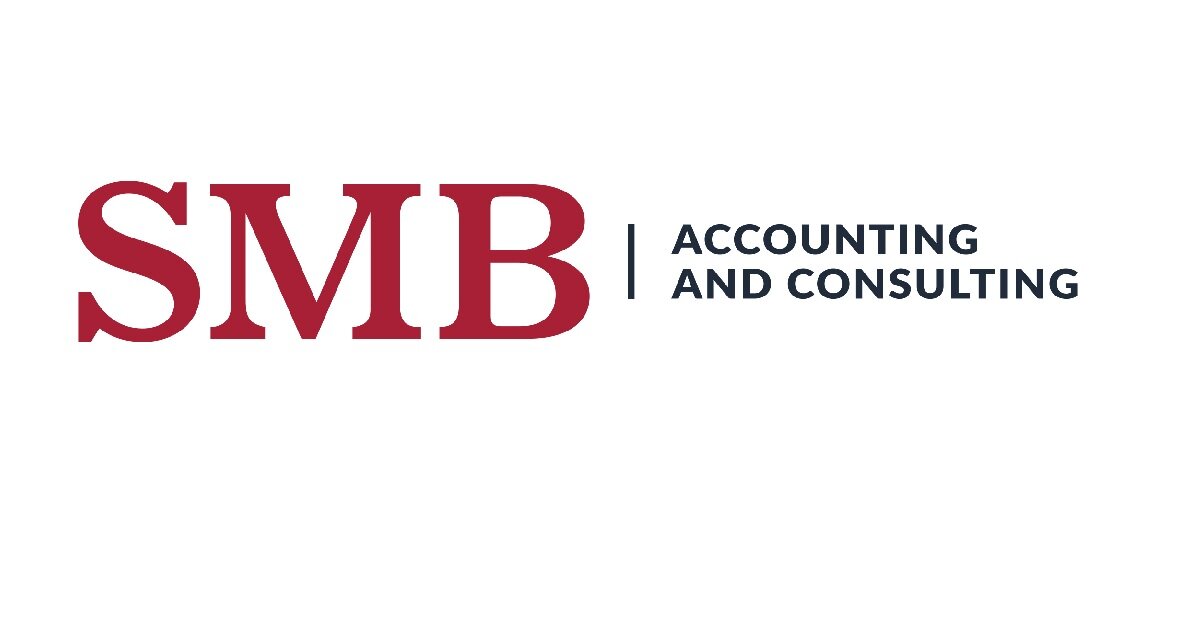Common Accounting Mistakes: Government Edition - Issue #5 Purchasing
The purchasing documentation and process helps keeps track of items to be charged but how does it all work?Who approves what money is spent in your company? What proof do you have that a purchase was approved? What project, if any, will this purchase be charged? Did you get the best value or price? These are very important questions whether a company has government contracts or not. Some companies have one person that handles all purchasing to ensure a centralized responsibility. Others find it difficult to have one purchaser who may not have knowledge of the intricacies of requirements for highly technical projects. The processes and procedures a company puts in place will help ensure all the questions are answered and deter fraud, waste, and abuse.
Separation of duties can be exceptionally difficult for startups. There may not be more than 2 employees of the company. Sometimes this requires creative ways to ensure that no one person is solely responsible for all purchasing and approvals. According to the Association of Certified Fraud Examiners (ACFE), “frauds committed by owners/executives were more than three times as costly as frauds committed by managers, and more than nine times as costly as employee frauds. Executive-level frauds also took much longer to detect.” Even the boss needs to have oversight, especially when dealing with taxpayer dollars.
So what processes and/or documentation do companies need to have in place to ensure compliance and best value when purchasing? The purchaser(s) must identify the business need for the purchase. This can be in the form of a budget or technical specification. A purchase order must then be completed and approved by the next level supervisor. This purchase order should be numbered and identify the requirements, including shipping, date needed, form of payment, when payment is due, project, who the purchaser is, and who approved the purchase. Proof of research to find the best value should also be attached for big ticket items. Best price doesn’t necessarily mean best value. Quality, timeliness, warranties, and vendor reputation are some other items to consider. Once the services have been completed or orders received, a receiving report must be completed. The receiving report should identify what was received, when it was received, who received it, and the condition of the goods/services. This provides documentation that items have arrived. If possible, a person other than the purchaser should receive items as another check and balance over the purchasing process.
The purchase order and receiving report will be used by accounting or the person in charge of making payments to match to the invoice and ensure proper payment is made in agreement with the order. Purchases with credit cards should follow a similar process to validate the agreed-upon amount is paid for the proper goods/services. The 3-way match between the properly completed and approved PO, receiving report, and invoice ensures identification of the need, approval of the purchase, and receipt while keeping a separation of duties.

